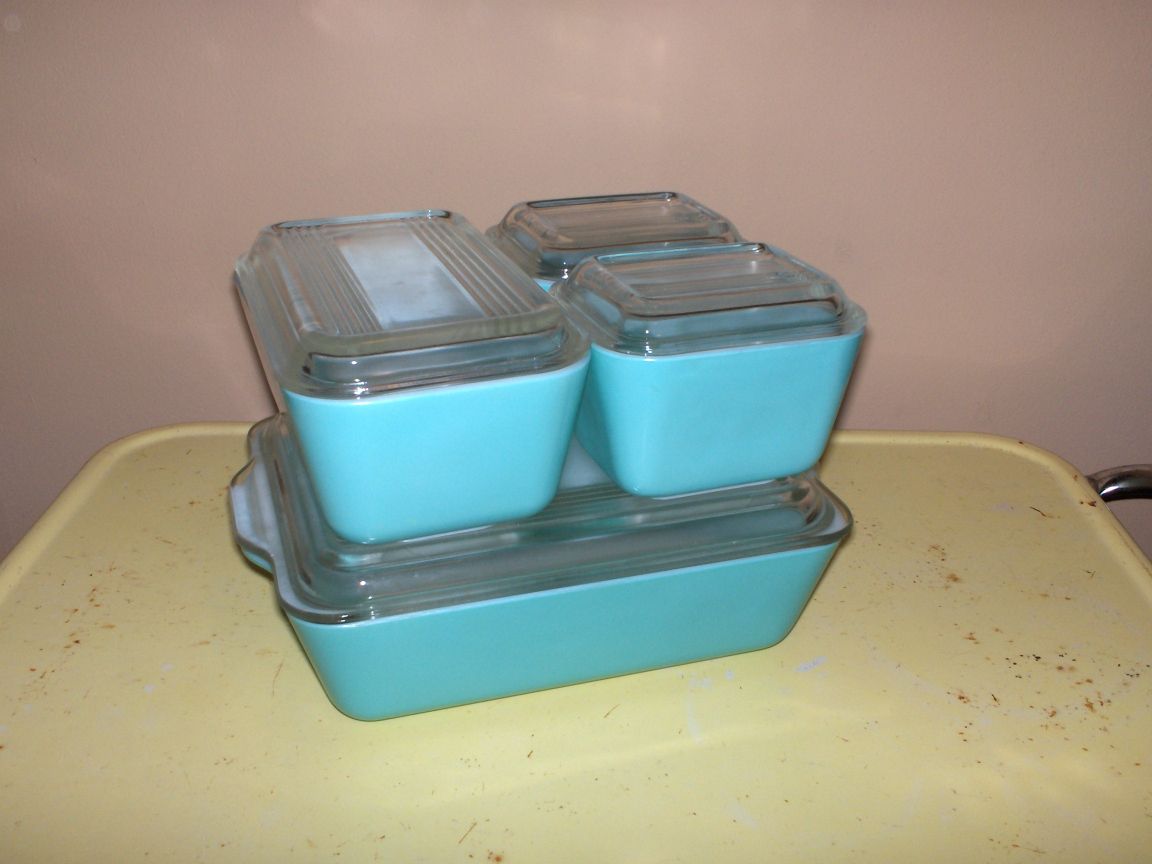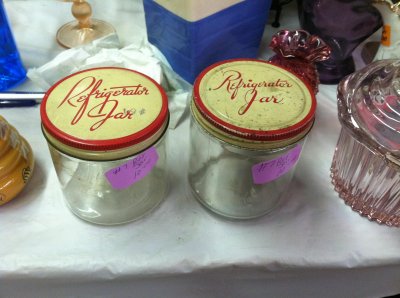Vera Godfrey
Practically Family
- Messages
- 915
- Location
- Virginia
Hope this is the right place to put this. I wasn't sure.
Does anyone know when refrigerator dishes first came about? I've been trying to research it, but haven't had any luck.
Any help appreciated! Thanks!
Does anyone know when refrigerator dishes first came about? I've been trying to research it, but haven't had any luck.
Any help appreciated! Thanks!





